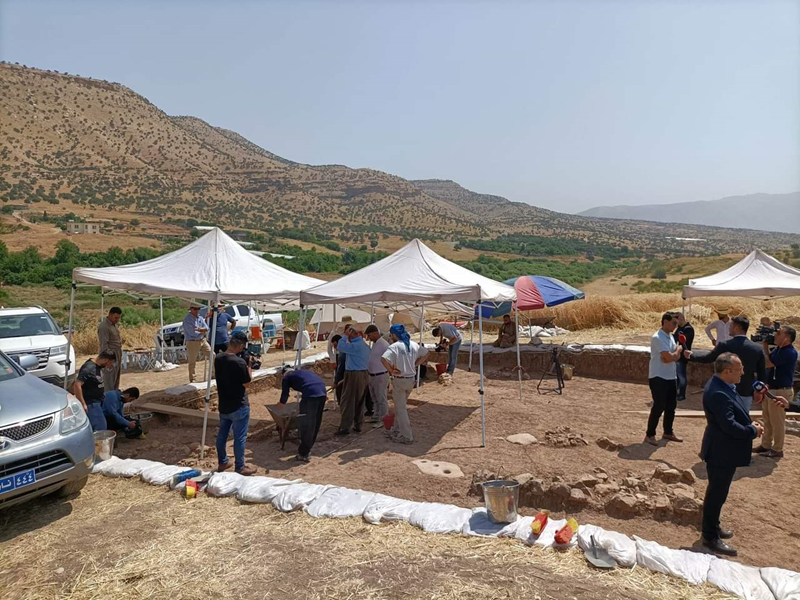Archaeological Awareness Seminar

In joint contract project between Sulaimani Directorate of Archeology and Culture and the German Universities of Frankfurt and Erlingand, an archaeological awareness seminar was held at Shahidan Primary School in Qalrkh village in Sharazoor township The seminar focused on the importance of the history of Sharazoor and the archaeological excavations of Qalrkh Hill were explained to the participants. Also, several archaeological objects were introduced to the students.



240128072115.jpg)